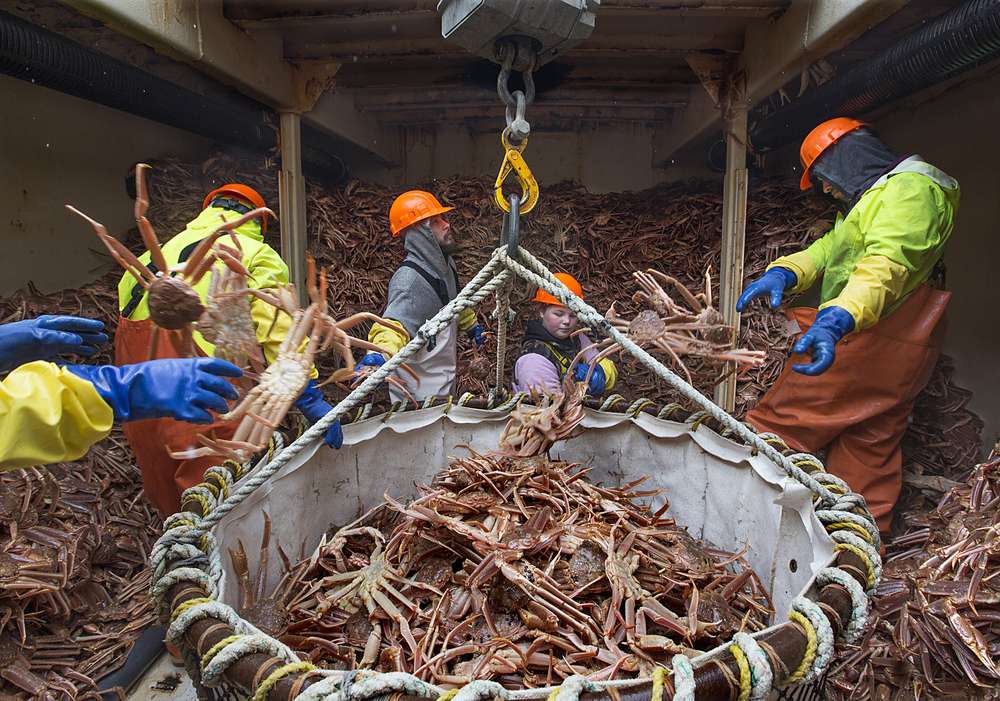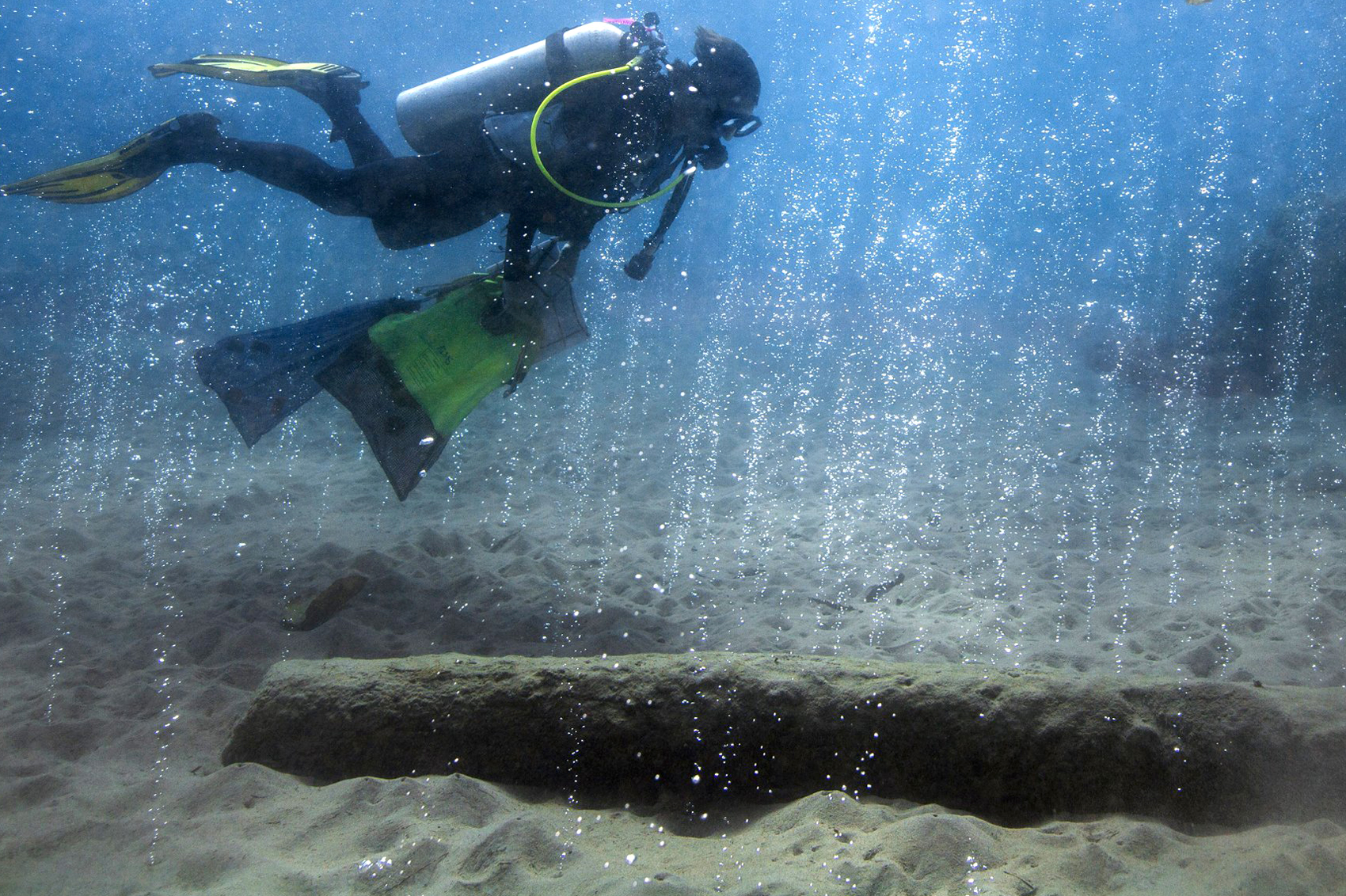
DUTCH HARBOR, Alaska — For decades, the crab piled up in fishing boats like gold coins hauled from a rich and fertile sea.
But the very ocean that nursed these creatures may prove to be this industry's undoing.
New research earlier this year shows that Bristol Bay red king crab — the supersized monster that has come to symbolize the fortunes of Alaska's crab fleet — could fall victim to the changing chemistry of the oceans.
Barring a hasty reduction in carbon-dioxide emissions — or evidence that the creatures could acclimate to changing sea conditions — a team of scientists fears Alaska's $100 million red king crab fishery could crash in decades to come.
That grim possibility also raises alarm about the crab fleet's other major moneymaker, snow crab.
"With red king crab, it's all doom and gloom," said Robert Foy, who oversaw the crab research for the National Oceanic and Atmospheric Administration (NOAA) in Kodiak, Alaska. "With snow crab, there's so little known we just can't say. But we don't see anything from our experience that's good for any of these crab. Some is just not as bad as others."
For decades, these storied crustaceans have drawn men and women from Seattle to the far reaches of the North Pacific. There, adventurers wrestled 800-pound steel cages amid raging seas and aprons of pack ice, hoping to strike it rich on a bounty of flaky meat and accordion legs.
"From my perspective, the chemistry is pretty clear-cut," said Mark Gleason, director of the Seattle-based industry trade group, Alaska Bering Sea Crabbers.
The emerging issues with Alaska's crab underscore a predicament that stretches beyond the North Pacific. It gets to the difficulty of trying to comprehend the depth of fallout from ocean acidification.
For reasons scientists don't always understand, similar species, even those living side by side, often respond to changing water chemistry in remarkably different ways.
"The real issue here is unpredictability," said Richard Aronson, a Florida-based marine scientist who has tracked king crab in Antarctica. "There are all these unanticipated collateral impacts. The problem is, most of them are nasty surprises."
This excerpt is from "Sea Change," an in-depth multimedia series on ocean acidification produced by The Seattle Times. See the full presentation of articles, pictures, graphics and video.




